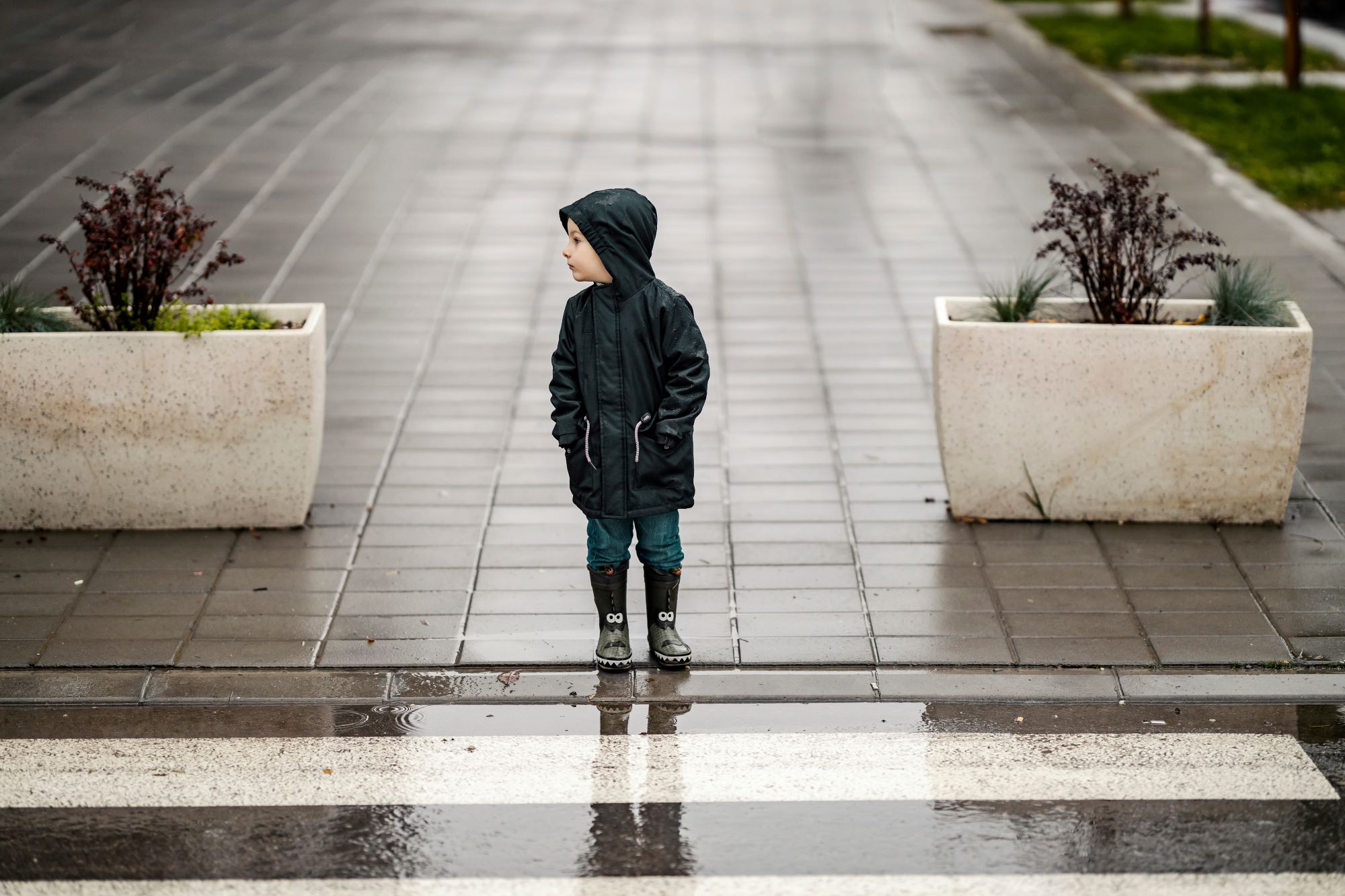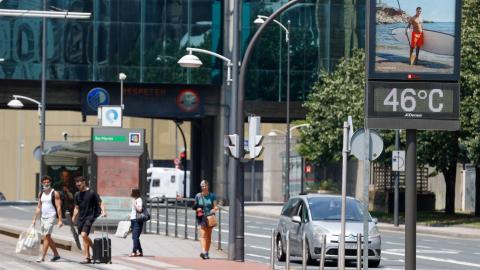Physical activity provides multiple health benefits for children and adolescents, although data shows that most are not sufficiently physically active. A study published in the journal PLOS ONE has analyzed whether neighborhood walkability and socioeconomic level could affect walking, outdoor play, and sports practice in a representative sample of Spanish children and adolescents.
“Physical activity levels are currently very low in the Spanish child and adolescent population, and these are alarming data that are closely related to health,” highlighted Susana Aznar, co-author of the study, professor in Physical Activity and Health at the University of Castilla-La Mancha and director of the PAFS group (Promotion of Physical Activity for Health), in an informative session organized by SMC Spain. “The key message would be that this postal code is almost as important as the genetic code for health,” she added.
Physical activity levels are currently very low in the Spanish child and adolescent population, and these are alarming data
Susana Aznar
The research, led by the Gasol Foundation and part of the PASOS study, included more than 3,000 adolescents and children from the 17 autonomous communities. Among its results, it highlights that young people from more walkable areas reported spending more minutes per day actively commuting, compared to those from less walkable neighborhoods. Along these lines, the lowest average minutes spent playing outdoors were observed among participants from neighborhoods with lower socioeconomic levels and less walkability. Furthermore, the neighborhood's socioeconomic level influenced participation in team sports during the weekend, which was higher in neighborhoods with higher socioeconomic levels.
“The results of this study are applicable to the entire child and adolescent population aged eight to 16 years in Spain,” stated Santi F. Gómez, co-author of the research, global director of Research and Programs at the Gasol Foundation and member of the CIBER of Epidemiology and Public Health.
Improvements in neighborhoods to walk more
The study, in which fifteen Spanish research centers participated, highlights that neighborhoods considered less walkable –for example, with narrow sidewalks, hills, high population density, or poorly planned urbanistically– negatively influence the time minors walk through them.
“In these environments, apart from implementing interventions to promote physical activity among families, it is advisable to implement structural improvements or reuse existing spaces within those neighborhoods,” the researcher proposed.
“The walkability of the environment is something we can change,” Aznar emphasized. “It is a key component to compensate for these social inequalities, especially in urban areas with low socioeconomic levels,” she added.
Regarding the results of the study, the researcher highlighted that they must be assessed considering that they accumulate over weeks, months, and years. That is, walking three minutes less per day in less walkable neighborhoods means that these minors walk 90 minutes less per month compared to other children.
Researchers are already working on the second edition of the PASOS study, which will include data related to how children and adolescents travel to school, among other parameters. In this regard, Gómez highlighted the benefits of walking to school, which are not only for physical health but also for psychological and social well-being, as they promote communication between minors and people in their neighborhood.
It is important that all public policies have a sensitive approach to childhood and to the social inequalities in health
Santi F. Gómez
“It is important that all public policies have a sensitive approach to childhood and to the social inequalities in health faced by children living in environments with lower socioeconomic levels,” stated Gómez.
Useful Resources:




